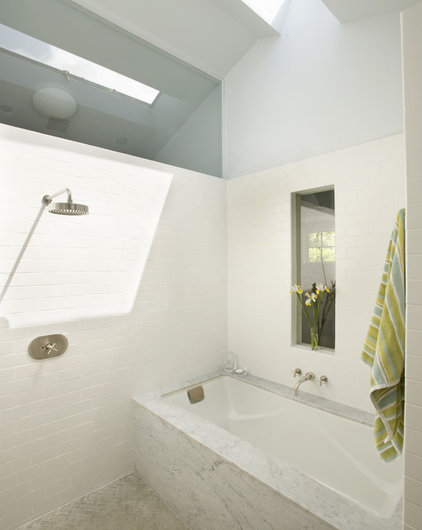State and county officials had what appeared to be the first confrontation with a utility to speed up the restoration of power after the storm following Gov. Andrew Cuomo’s warning to companies to act fast.
State Director of Operations Howard Glaser said the response by New York State Electric and Gas Corp. to its customers without power in northern Westchester County was “silence, darkness and an utter lack of any NYSEG presence whatsoever.” Glaser then proposed a new motto for NYSEG: “Lights out, Nobody’s Home,” according to an email he sent to NYSEG President Mark Lynch that was obtained by The Associated Press.
“Any objective assessment is that NYSEG is by far the poorest performing utility in this situation in the state,” Glaser wrote.
An NYSEG spokesman said the utility was slowed by the number of trees downed during the superstorm, but more crews were coming in to help with its restoration efforts.
Cuomo and Westchester County Executive Robert Astorino were assigning monitors to watch NYSEG’s progress. Glaser said, if necessary, Cuomo would order another utility to take over the restoration effort for NYSEG customers.
Westchester County Executive Robert Astorino on Thursday said he and state officials met with the utility’s president Wednesday after residents complained. Officials said crews weren’t working to restore power the way other utilities were and the process was moving too slowly or was nonexistent.
Astorino says NYSEG also wasn’t communicating adequately. Public works crews were forced to wait to clear streets of trees and debris until they heard from NYSEG if downed lines were safe, he said.
NYSEG had about 114,000 customers without power at the peak, a tally that was down to about 80,000 by midday Thursday. The pace was similar to other utilities in New York: Statewide, the peak number of power outages was 2.2 million, down to about 1.6 million by midday Thursday. In a statement Thursday, the company said the majority of customers downstate should have power back by midnight Sunday, but some won’t get electricity back until midnight on Nov. 7.
The Cuomo administration said the volume of complaints from NYSEG’s northern Westchester service area prompted a tour Tuesday night, where they said they found none of the crews at work chain-sawing and splicing, as Consolidated Edison crews were doing. In addition, Cuomo spokesman Josh Vlasto said, NYSEG was singled out because it was slowest to return power the Metropolitan Transportation Authority needed to clear tunnels and power trains and pumps.
A NYSEG spokesman in Westchester didn’t immediately respond to questions about the meeting and the complaints, but a corporate spokesman, Dan Hucko, said the first essential task was to make sure the main transmission line was safe to handle power. That required walking and driving along the line and observing it by helicopter.
“That takes time, especially in Westchester and Dutchess and Putnam counties, because of the trees that were down,” he said. “It’s a pretty long, involved process. We have a lot of crews there and we are sending more crews down there on an hourly basis.”
He said crews from NYSEG’s sister company in Maine had completed restoration work at home Wednesday night and were headed to New York on Thursday to help out.
“I can imagine in some of the states and residential areas that people haven’t seen our crews because they have not gotten there yet, and there are other crucial elements.”
Astorino told the AP his meeting with Mark Lynch, president of NYSEG, was “very frank, candid and sometimes uncomfortable.”
“There was an obvious breakdown in communication between NYSEG and local communities that needed to be fixed immediately,” he said. “I don’t think there was a lot of lost time. There was some frustration.”
Astorino said he thought “things have gotten a little better” since his meeting with Lynch.






